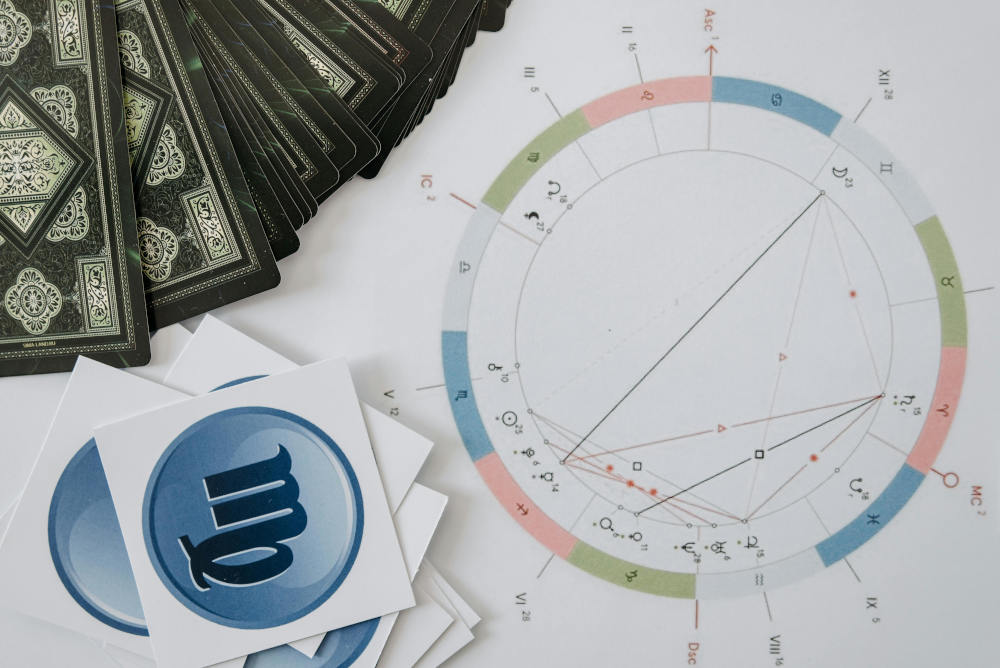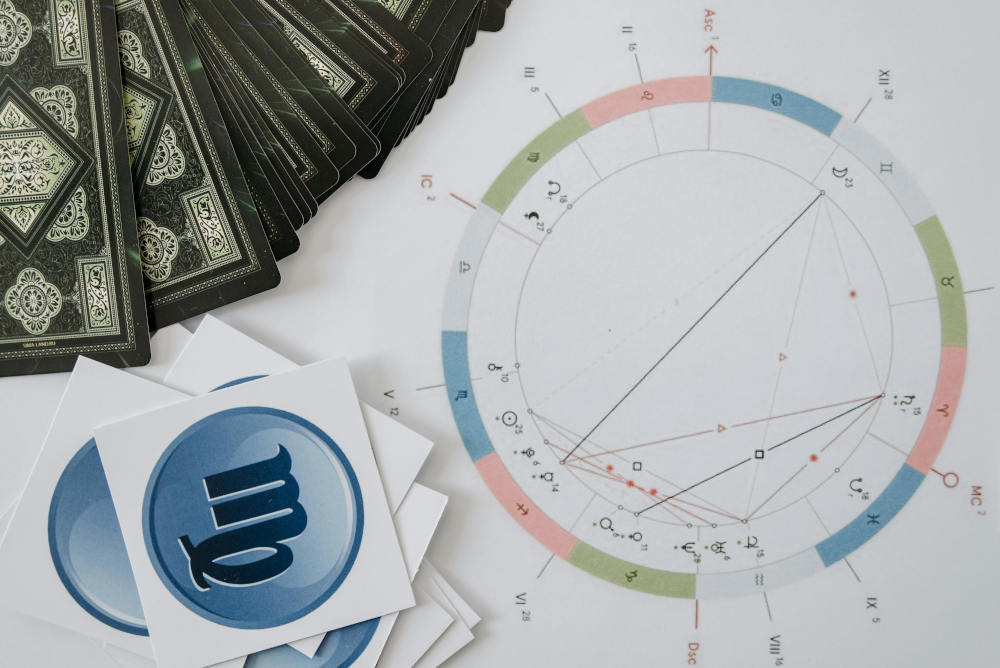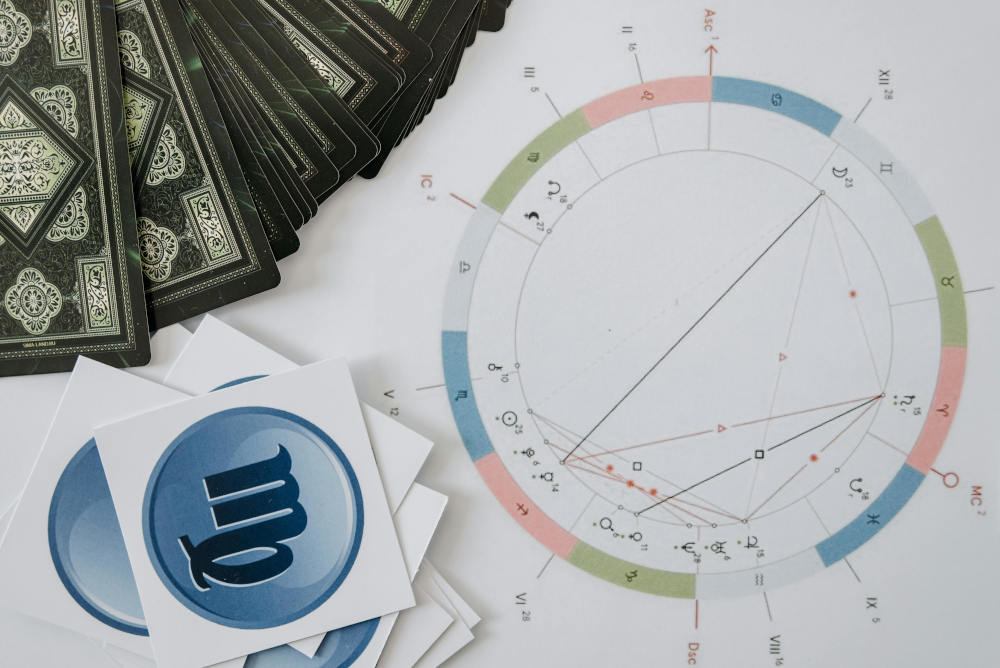
The global textile and apparel industry kills billions of animals every year for fashion. Animal pelts and skins are used to make clothing materials such as fur, wool, leather, down, and silk.
Luckily, conscious consumers around the world are choosing to buy clothing not made from animals. They are opting for cruelty-free and eco-friendly alternatives such as recycled fabrics, organic fibers, or semi-synthetic textiles made from natural resources.
Fashion can be stylish, high-quality, affordable, and animal-free. No animal should have to suffer to make beautiful and functional clothes. Animal cruelty has no place in modern society.
What we choose to wear has huge social and environmental impacts. Animal-derived materials are unethical and cause irreversible damage to the environment.
The fashion industry is the second most polluting industry globally. And apparel production has doubled over the last 15 years to meet consumers' demand.
Now is the time to get rid of animal-derived materials in your wardrobe. Here is an easy guide to clothing not made from animals, vegan, and cruelty-free.
Panaprium is independent and reader supported. If you buy something through our link, we may earn a commission. If you can, please support us on a monthly basis. It takes less than a minute to set up, and you will be making a big impact every single month. Thank you!
Animal-derived fabrics to avoid
In the fashion industry to satisfy our demand for fur, wool, leather, silk, and down, billions of animals around the world are brutally slaughtered each year.
Fur

The fur of animals is considered a luxury in fashion. It's used to make clothing such as capes, parkas, vests, boleros, coats, and jackets.
It's made from animal coats, furry animal hide, animal skins with hair left. Some of the animals killed for fur are bears, beavers, cats, chinchillas, dogs, foxes, minks, rabbits, raccoons, seals, and many others.
About 245 mink farms in 22 states across the United States produce around 3.1 million pelts annually, according to the Fur Commission.
Animals on fur farms are subject to unethical treatments. They live their entire lives confined, trapped, and caged, before being beaten, electrocuted, or skinned alive to make fur clothes.
Fortunately, many animal rights organizations such as People for the Ethical Treatment of Animals (PETA) encourage consumers, organizations, and fashion houses to boycott fur clothes because they are cruel and unnecessary.
Many fashion designers and brands such as Armani, Calvin Klein, Gucci, Michael Kors, Vivienne Westwood now choose to avoid fur completely. A lot of A-list celebrities and social media personalities are also against the use of real fur in fashion.
Wool

Wool is arguably the most misunderstood animal product used in the fashion industry. More than 95% of all wool comes from unethical mass production globally.
Wool makes warm clothes such as shirts, coats, pullovers, jackets, sweaters, sock, gloves, leggings, and slippers. Wool also includes shearling, cashmere, mohair, and angora.
Shearling is a skin from a recently shorn sheep or lamb with the fleece still attached.
Angora hair or Angora fiber is the wool obtained from the downy coat produced by the angora rabbit.
Mohair is an animal-derived fabric made from the hair of the angora goat.
Cashmere wool, also known as cashmere is a fiber obtained from cashmere goats.
Contrary to popular belief, these animals don't like being caught and don't need shearing. In the wild, sheep have adapted to their environments. They grow a thick fleece in winter and naturally shed their coat in spring.
1.155 million kg of wool is made from 1.177 billion sheep around the world annually, according to the International Wool Textile Organisation (IWTO).
Many animals die in the global wool industry. They are enslaved, exploited, subjected to painful treatments.
They often die prematurely from dehydration, exhaustion, infection, starvation, injury, lack of shelter, exposure, or neglect.
They are also exposed to dangerous substances with long-term disastrous effects on ecosystems and human health.
Read up my article on the harmful effects of wool production to learn more about its destructive impact on the environment.
The wool industry slaughters animals who don't produce enough wool. Typically, wool is also a byproduct of the meat industry.
Leather

The leather industry brutally slaughters billions of animals every year for fashion.
2.29 billion cows, calves, buffaloes, goats, and pigs were killed for their hide and skin to make leather in 2018, according to the Food and Agriculture Organization of the United Nations (FAO).
Many other animals are killed to produce leather, including seals, sheep, deer, alligators, snakes, zebras, sharks, even cats, and dogs. Animals suffer immense pain to make leather. They are trapped, caged, and often skinned alive. They lived in inhumane conditions, crowded environments, deprived of liberty, and subjected to painful treatments.
The cruel trapping and skinning of endangered animals happen too frequently in the fashion industry. The fur and leather trade threatens many animal species that should be protected, including a vast number of reptiles, kangaroos, ostriches, beavers, wild cats, bears, and antelopes.
Leather tanning is also very destructive to the environment, ecosystems, and human health. The processing of animal-derived textiles requires tons of harmful chemicals that pollute rivers, water sources, and soils when released untreated into the nearby environment.
Buying leather goods doesn't prevent waste from the meat industry. Leather isn't just a byproduct. The leather industry is already very lucrative on its own as skins and hides are the most valuable parts of animals, as reported by Bloomberg.
The highest quality and most expensive leather is made from very young animals that have smooth skin, and no scratch or parasite yet.
Silk

Silk is considered one of the finest fiber in the fashion world. It makes luxury blouses, suits, lingerie, loungewear, dresses, sleepwear, and shirts.
The most well-known silk is obtained from the cocoons of the larvae of the mulberry silkworm Bombyx mori. It's a commercial species of silkworms and a caterpillar of the domestic silkmoth.
Silk production exploits and kills hundreds of thousands of sensitive animals each year, silkworms. About 168,300 tons of raw silk are produced annually. And 5,000 silkworms are necessary to produce just one kilogram of silk.
In nature, silkworms chew their way out of their cocoon. However, to preserve material value, most silkworms are killed in the pupal stage by placing cocoons in boiling water.
Silk production is as exploitative and cruel today as it was centuries ago. Many silkworm hatchlings die prematurely from dehydration or starvation.
To make ethical silk, producers need to collect cocoons left by insects in the wild. However, this process is inefficient, costly, and not viable for commercial use.
Goose down and feathers

Down is an animal-derived material. It's praised in the fashion industry for its thermal insulation and padding. It's a layer of fine feathers found under the tougher exterior feathers on ducks, geese, and swans.
Feathers grow directly out of many animal skins. Animals are plucked to gather feathers or down when they are still alive or after they have been killed.
Feathers do grow back and to maximize profits, down is often obtained by live-plucking without anesthetic, which is inhumane and unethical. This brutal process leaves birds bleeding with gaping open wounds.
A single goose produces 60 grams of down. One farm admitting to producing 15 tons of down every year would process 250,000 live-pluckings, according to PETA.
China is the biggest exporter of down and feathers, with more than 80% of all global production. About 2.7 billion ducks and 653 million geese were raised for consumption each year globally between 2009 and 2013, according to the International Down and Feather Bureau (IDFB).
Many consumers don't want animals to suffer and look for certifications such as the Responsible Down Standard (RDS). The standard aims to guarantee that down doesn't come from animals that have been subjected to any unnecessary harm.
However, some certified suppliers are still sourcing live-plucked down. And the mass-farming and killing of animals for fashion are still unnecessary, cruel, and damaging to the environment.
Cruelty-free down is a marketing tactic that doesn't solve the root of the problem. It only allows a better conscience for buyers and higher profit margins for sellers.
Simply refuse to wear items made from these materials to reduce their impact on the environment and animal suffering. Make the compassionate choice to pledge vegan and cruelty-free alternatives instead.
Animal-free alternatives
There is no need to wear wool to stay warm today. There are plenty of ethical and sustainable alternatives to clothing made from animals, such as organic cotton, linen, hemp, lyocell, or recycled fabrics.
Faux-fur

Look at the labels to identify exactly what you are buying. In most cases, you will read the material composition, of an indication of the garment content.
Man-made materials, synthetic fur, faux fur, and fake fur are what you should look for in clothing not made from animals. Real fur typically feels softer whereas faux fur is more elastic.
Many times, fashion items are made with a combination of different fabrics. Some are synthetics, others can be animal-derived products. Pay special attention to label details on sperate parts of the garment.
Price is a good indication of real fur. Traditionally, fur is expensive, a lot costly than synthetic materials used for faux furs such as polyester and other plastics.
Another great way to tell if real fur was used is to check the back and sides of the fabrics. Real fur has a leather skin on the backside. Faux fur has a thinner fabric backing.
Many large fashion brands and retailers use faux fur including Gap, H&M, and Zara. However, faux fur and synthetic fiber production, consumption, and disposal cause enormous harm to the environment. They are made from petroleum by-products, which aren't sustainable or biodegradable.
These non-renewable resources require harmful chemicals to process. They also add to the plastic microfiber pollution, provoking the death of millions of animals on land and in the oceans each year.
Polyurethane

Most major brands offer animal-free leather today. There are many affordable options at Top Shop and Zara and high-quality designer clothes at Stella McCartney.
Look for clothing with the vegan leather indication. High-quality animal-free leather is often made from polyurethane.
The latest release of sneaker label Veja called Urca uses natural rubber, organic cotton, and vegan Corn Waste Leather (CWL). It's a bio-based material made from waxed canvas with 50% corn waste from the food industry and biodegradable polyurethane.
Polyurethane is made of thermoplastic polymers and makes great artificial leather, completely synthetic and vegan. However, not all polyurethanes are biodegradable.
Pineapple leather

Synthetic leather can also be made from pineapple waste. Piñatex is a pioneer in natural leather alternatives made from cellulose fibers extracted from pineapple leaves.
Ananas Anam is the company behind Piñatex who produces leather-like fabrics from pineapple leaf fiber, polylactic acid, and petroleum-based resin.
This vegan leather alternative is already used today by fashion giants like H&M, Hugo Boss, and Paul Smith. This material isn't 100% sustainable but a lot more ethical and environmentally friendly than conventional leather production.
Soy cashmere

Vegan wool alternatives are numerous and can be found on many store shelves. Even major brands such as H&M, Nasty Gal, and Zara now offer animal-free wool alternatives.
They are new high-quality cruelty-free materials created every day. Most of them are made from organic cotton, and recycled polyester (rPET), which are much better for the environment than wool.
Soy protein fibers also make an amazing alternative to more polluting and cruel fibers such as wool. Soy cashmere, also known as vegetable cashmere or soy silk, is very soft, lightweight, and breathable.
Soy can be grown organically without man-made harmful chemicals. Soy protein is then extracted from soybean oil or tofu production wastes to make textile fibers.
KD New York is one rising fashion brand presenting vegetable cashmere as a luxurious, stylish, and sustainable fabric. The brand already raised more than USD 50,000 through its crowdfunding campaign.
Orange peel silk

Many large fashion retailers such as Gap, Nasty Gal, and Urban Outfitters are selling silky clothing not made from animals. They use nylon, polyester, or rayon, which are easy to produce and cheap.
These synthetics are viable vegan and cruelty-free alternatives to silk. But not all synthetics are equal. Some are more wasteful than others.
Orange Fiber makes a silky and very light material from citrus juice by-products. Its sustainable fabric is manufactured in the laboratory with orange peels.
The Italian company won the Global Change Award in 2015, the annual award initiated by H&M Foundation.
Linen

Many sweaters and coats aren't made of wool and still keep you warm. Some are made from linen, a natural bio-based fiber produced with flax plants.
Flax fibers are very durable, absorbent, strong, and quick-drying. Linen is often preferred to other organic fabrics in hot and humid weather as it stays exceptionally cool and fresh.
Linen is a fabulous high-quality and luxurious material. But its price remains higher than cotton because of its costly manufacturing process.
Many luxury fashion brands and designers around the world use linen in their collections, such as Albus Lumen and Claudio Milano.
Hemp

Hemp is one of the fastest-growing plants, making it a great choice for sustainable and animal-free textiles. It's a fabulous alternative to silk.
Hemp doesn't benefit from the same popularity as cotton but has been used for thousands of years to produce durable textiles. Its demand is very low but it has many useful properties such as being very absorbent, lightweight, resistant, anti-bacterial, and breathable.
Hemp remains more expensive to grow, harvest, and process than conventional cotton but it's bound to have a bright future as an alternative fiber since conscious consumerism is rising.
WAMA Underwear is a fashion brand that makes soft and durable hemp basics, natural and comfortable organic hemp underwear for men and women. Hemp boxers, hemp boxer briefs, hemp panties, hemp bikinis, and more.
Lyocell

Lyocell is a man-made cellulosic fiber. It's made from renewable resources mostly wood. It's the third most used semi-synthetic fiber after viscose and acetate. Other man-made cellulosic fibers include modal and cupro.
Lyocell is very durable, lightweight, and soft. It's a great alternative to silk, made without animal products. Plant pulps are dissolved into a viscous solution before being regenerated into fibers for clothing.
But it's very energy and chemical-intensive. Fortunately, sustainable production facilities can almost fully recover and reuse water and chemicals with closed-loop processes.
Tencel is the most recognizable brand of lyocell, from the Austrian manufacturer Lenzing. A lot of fashion brands such as H&M, Esprit, Massimo Dutti, and Uniqlo now make clothing from Tencel.
Was this article helpful to you? Please tell us what you liked or didn't like in the comments below.
About the Author: Alex Assoune
What We're Up Against
Multinational corporations overproducing cheap products in the poorest countries.
Huge factories with sweatshop-like conditions underpaying workers.
Media conglomerates promoting unethical, unsustainable products.
Bad actors encouraging overconsumption through oblivious behavior.
- - - -
Thankfully, we've got our supporters, including you.
Panaprium is funded by readers like you who want to join us in our mission to make the world entirely sustainable.
If you can, please support us on a monthly basis. It takes less than a minute to set up, and you will be making a big impact every single month. Thank you.































0 comments